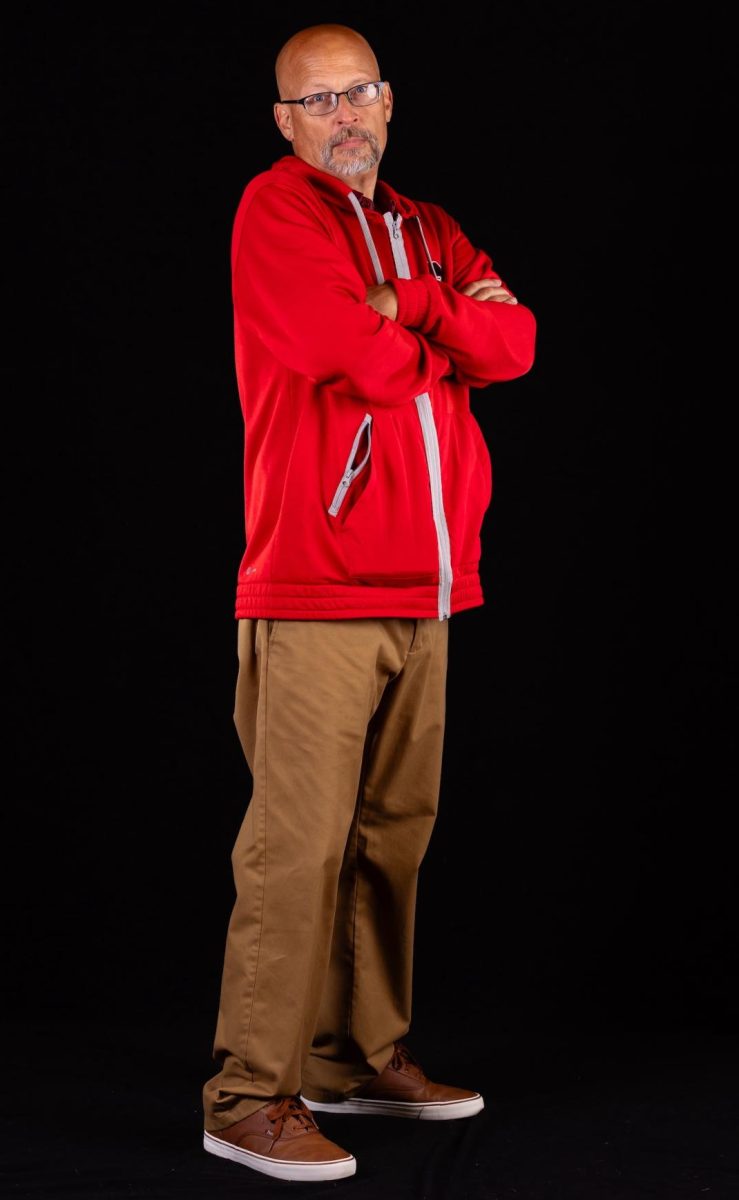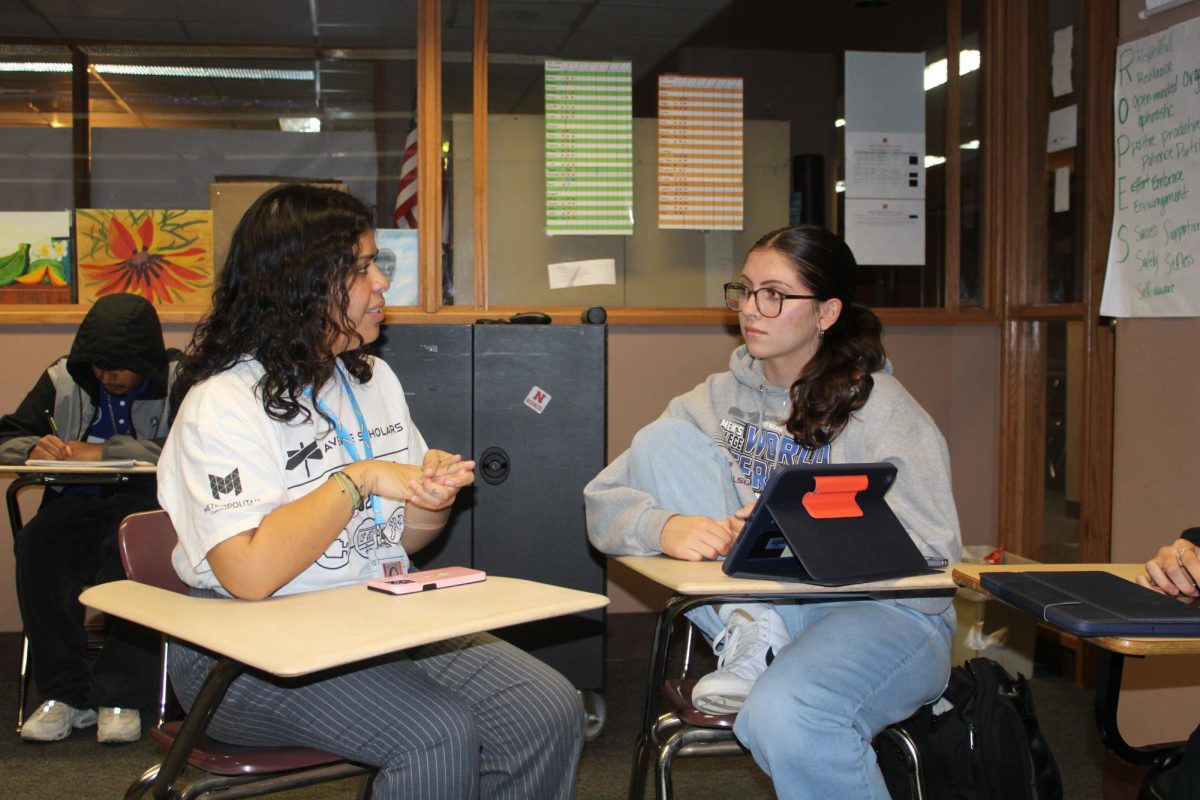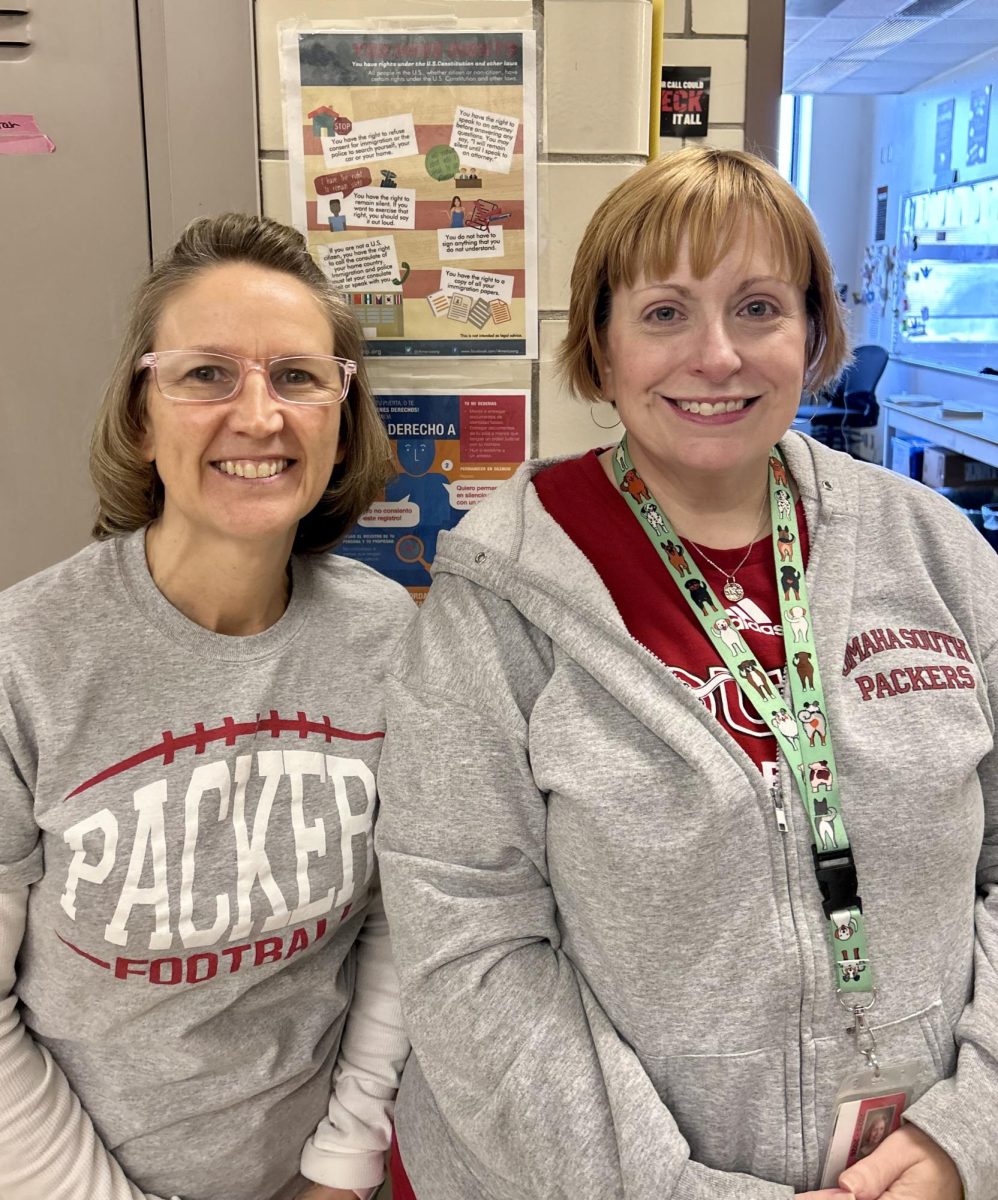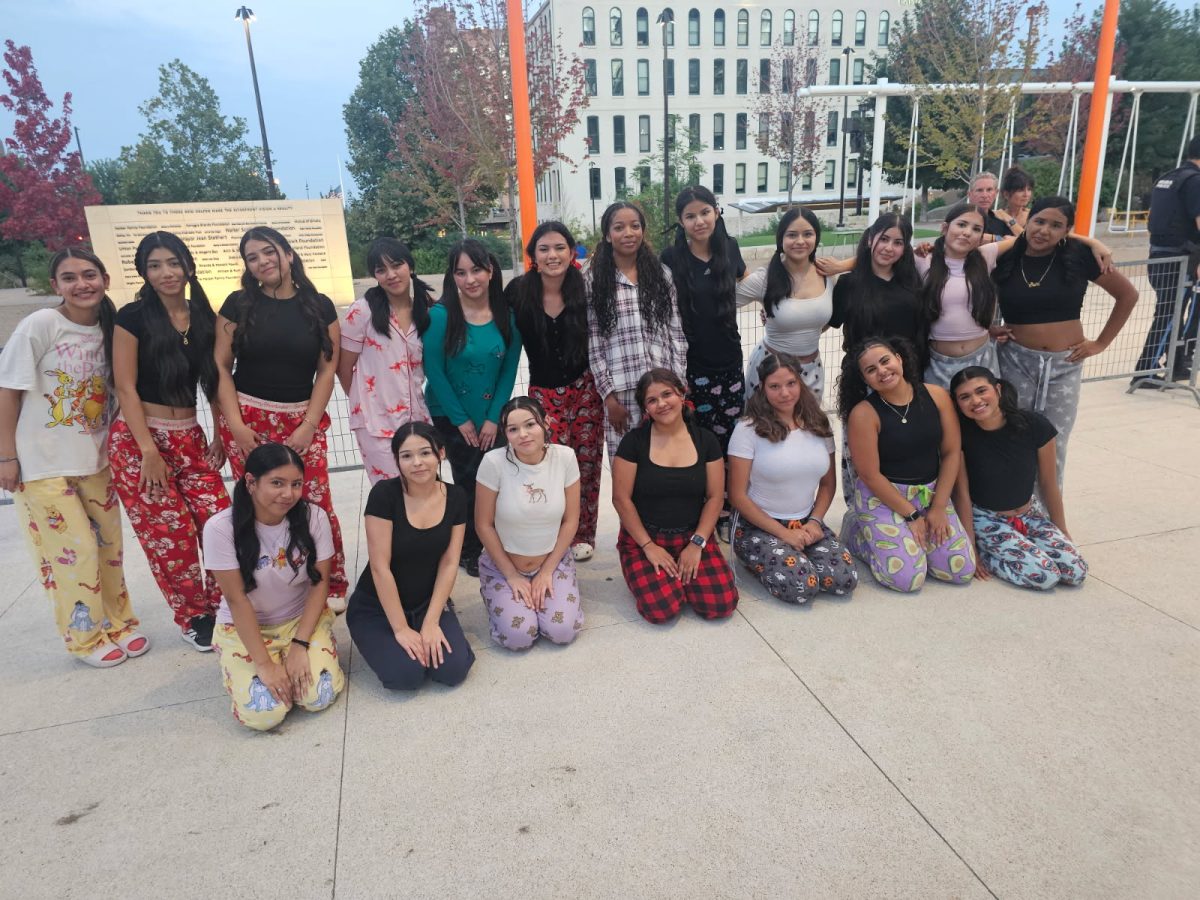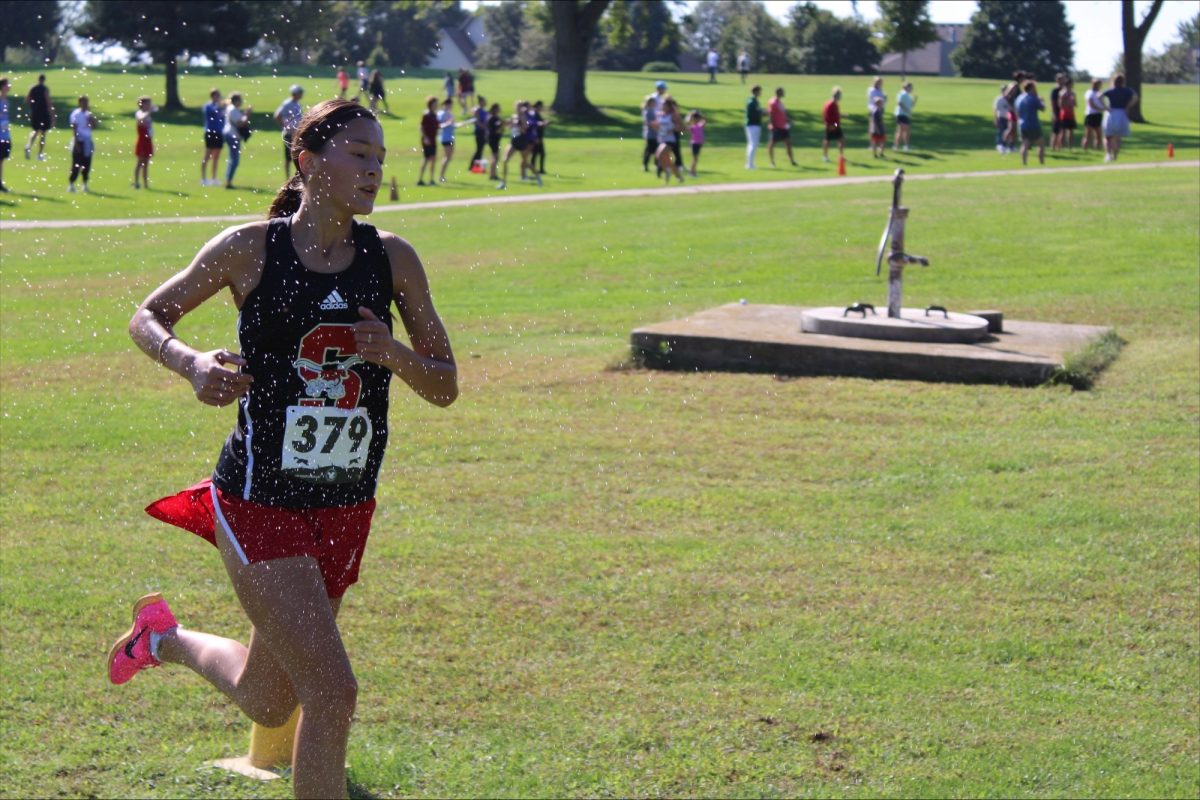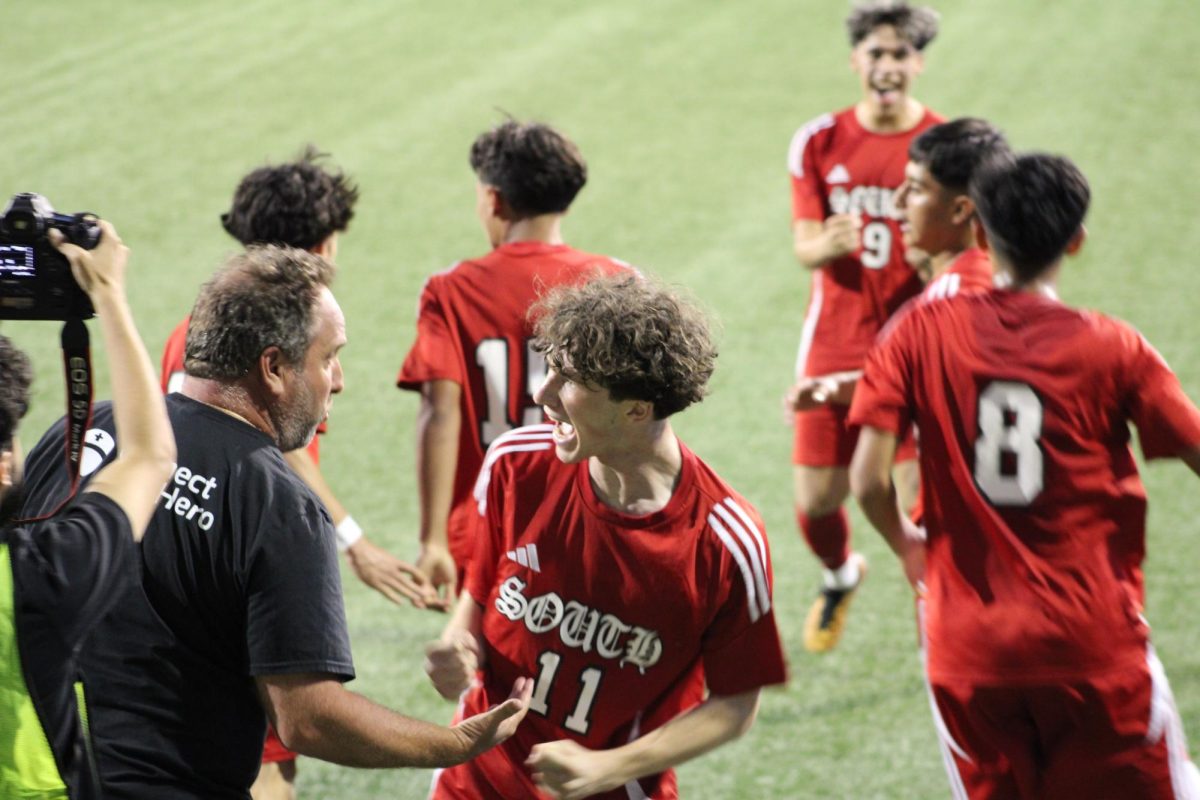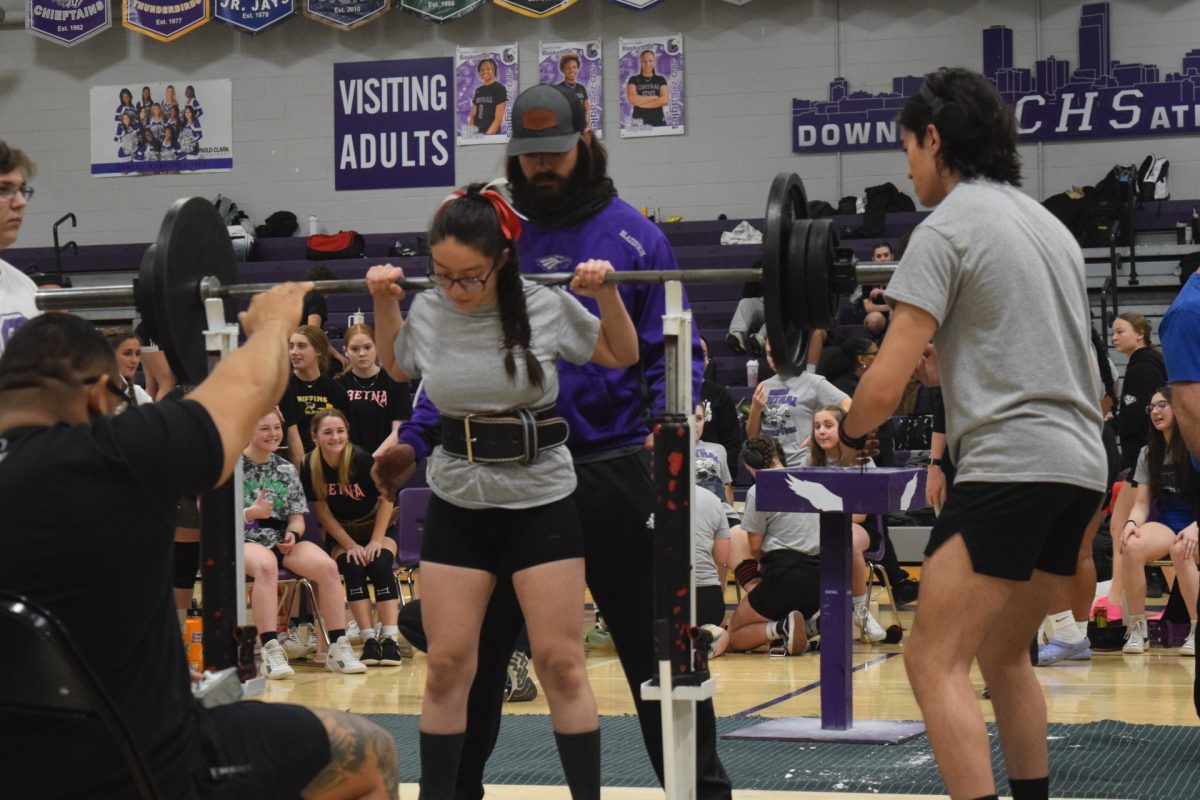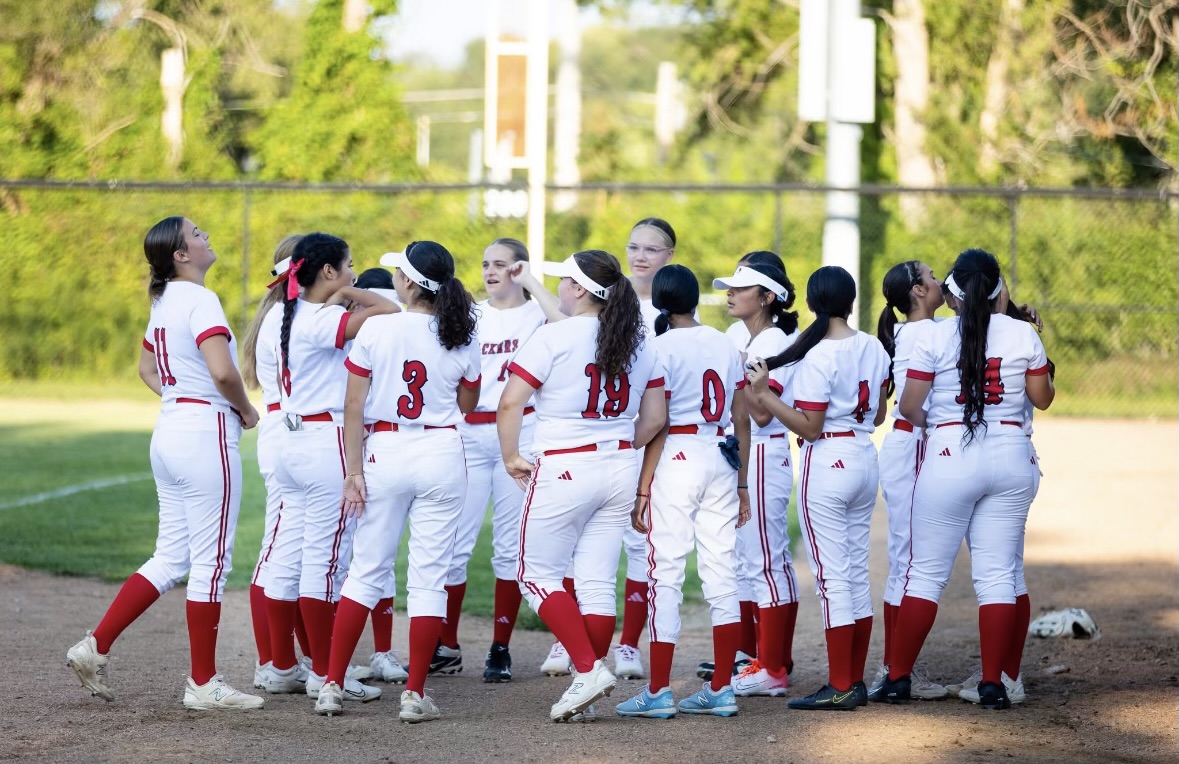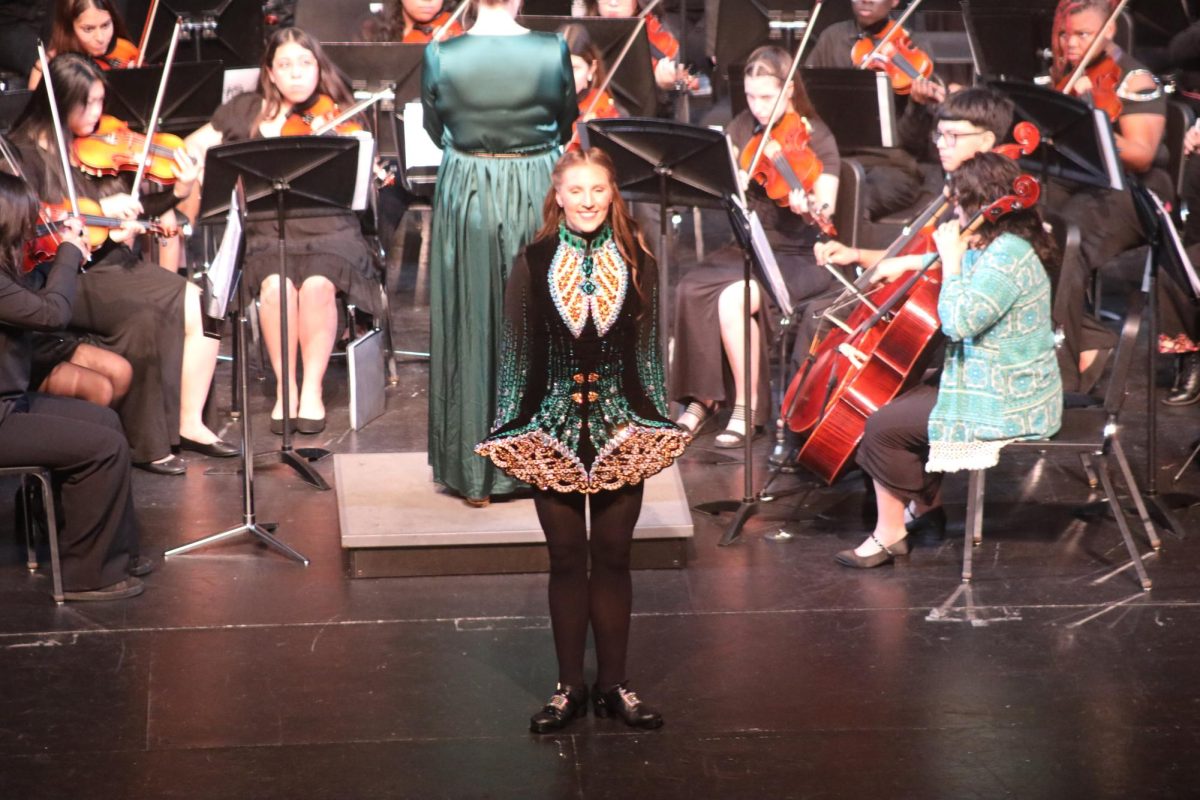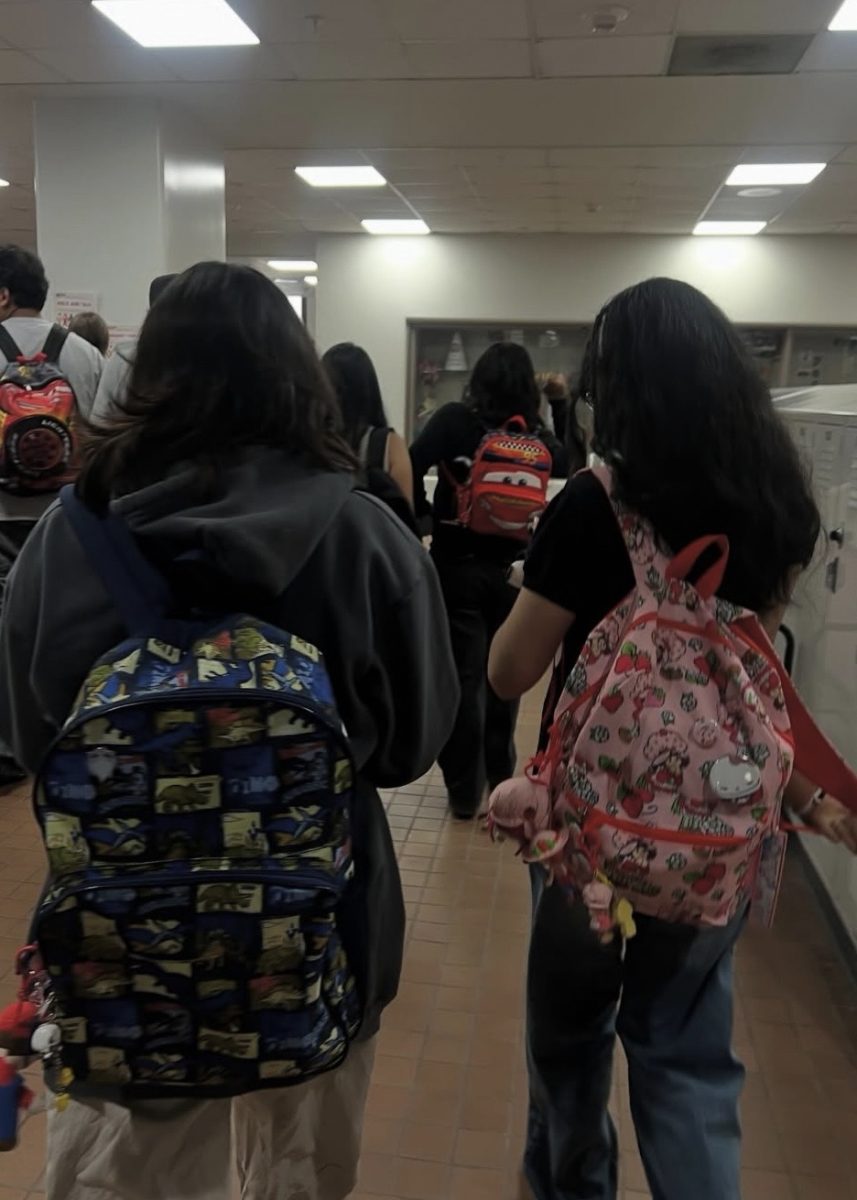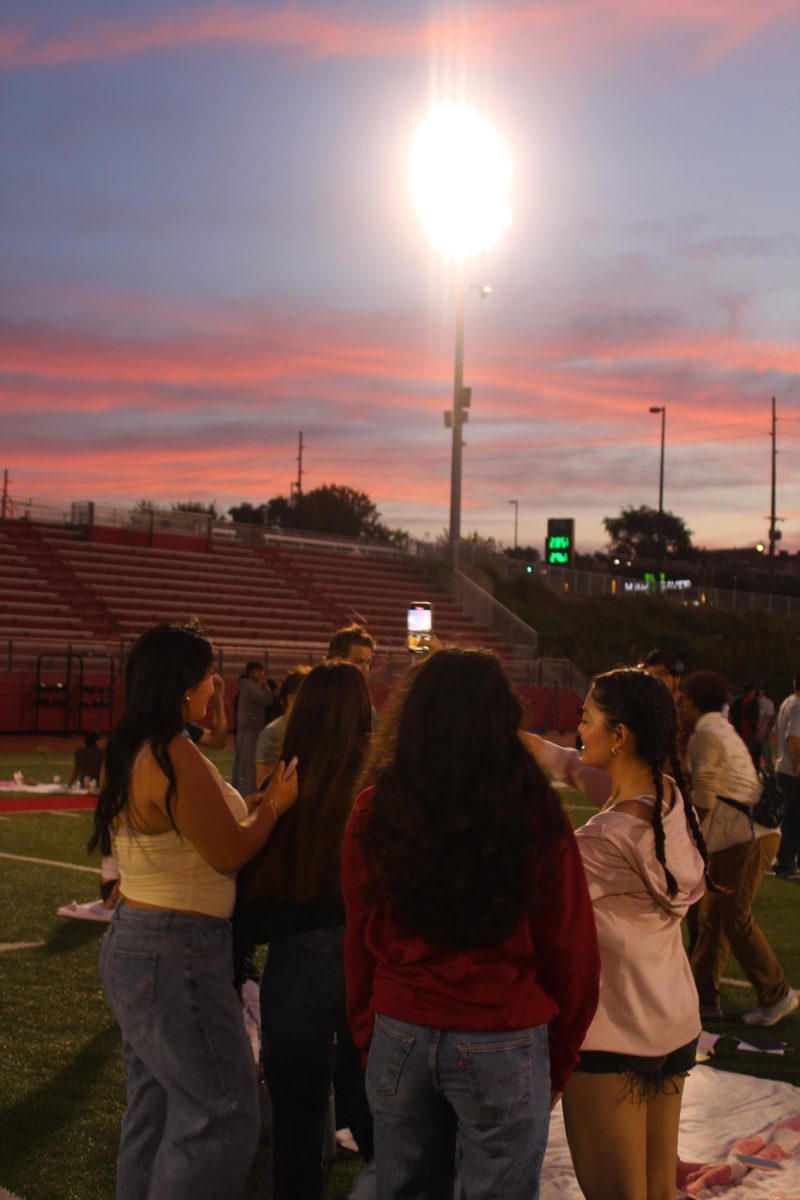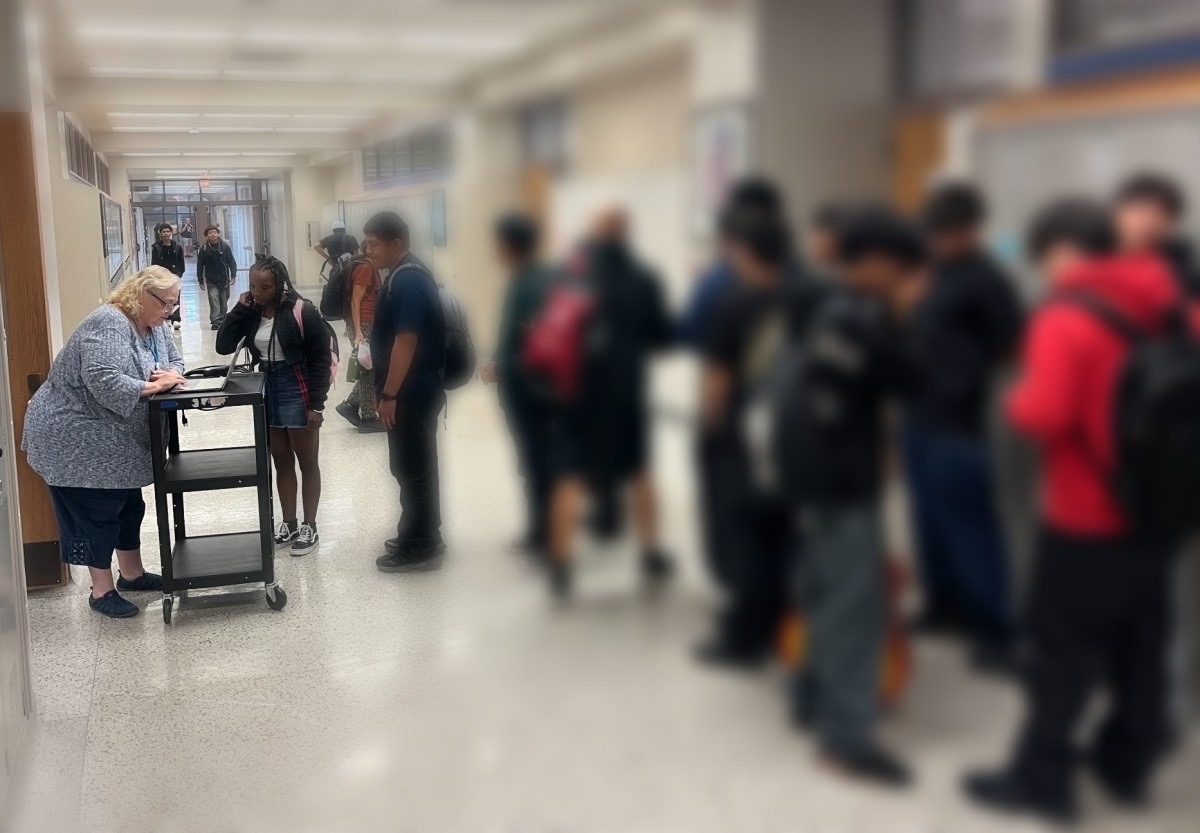Between 2003 and 2022, face-to-face socializing decreased by more than 45% in teens, according to Effective School Solutions (ESS). ESS is a national mental health service that partners with districts across the country and provides multi-tiered support systems. Social media and the Covid-19 pandemic are some of the factors blamed for the decline.
Three South High teachers shared their thoughts on the decrease in face-to-face socializing in students.
Spanish teacher Laura Chambers said that 10 years ago, students talked a lot in class. Chambers has taught at South for 26 years. Curriculum specialist Susana Lara and technology teacher Lori Negrete-Bobier both agreed with Chambers. Lara has served as a teacher at South for 18 years and Negrete-Bobier for 25 years.
“In the classroom, kids were louder, kids would talk to each other, and now kids don’t even talk to you in class,” Lara said. “It used to make us mad. Now, we’re happy when they talk and engage.”
During the pandemic, teens were isolated. Social and psychological impacts can still be seen today.
“Covid really changed the way people interact,” Chambers said. After Covid, students were very quiet. “Kids were depressed because of the lack of interaction. Kids were really afraid because they were so deeply affected.”
Covid is one significant factor that educators believe affected teens’ social skills and well-being.
“I saw a lot of fear in the students’ faces, like their light was dim,” Lara said. “They were less social, almost like they were zombies, they couldn’t talk. Students were obligated to wear masks; round tables were changed to rectangular tables, and students were faced forward.”
Negrete-Bobier said she noticed students were also very withdrawn and quiet with noticeable nervousness and fear.
Social media introduced teens to a new way of socializing, yet it still affects how students interact face-to-face.
“It’s just different; old people like me have to adapt to the old and the new,” said Negrete-Bobier.
“They’re social, but more social on media. Phones have a lot to do with it. I see fewer kids take the initiative to go out. Kids are more scared to do things yet are savvy on social media. As educators, we try to push them to be social and encourage a lot of collaboration,” said Lara.
Chambers’ goal is to be able to prepare her students for the next level, teach them to learn to think and get them to actively engage in their community. Lara hopes that students see their full potential and that they are seen as valued. Negrete-Bobier said she wants her students to pass and to be decent students.
Today, educators are seeing a decline in face-to-face socializing, and it is a notable drop compared to previous generations. Part of this decline can be explained by the pandemic and the replacement of face time with screen time.
“Is it Covid? Is it technology? Where we are as a society?” asked Chambers.





